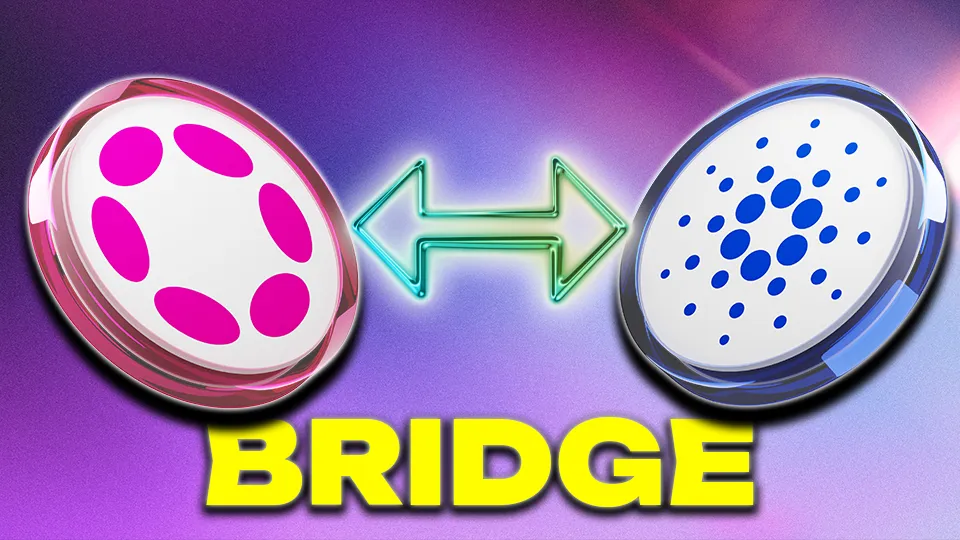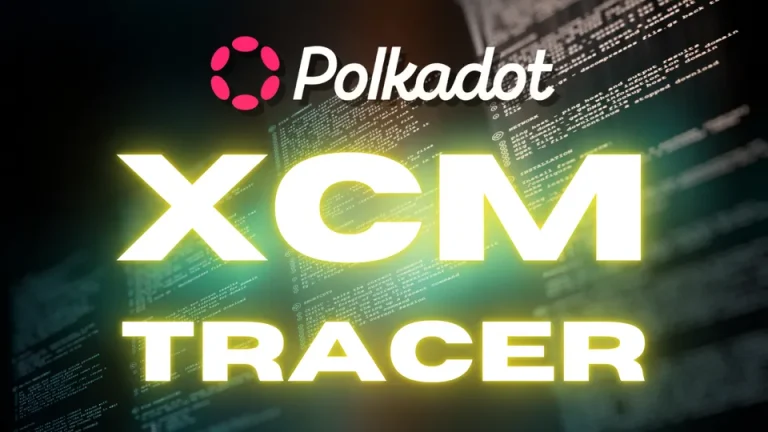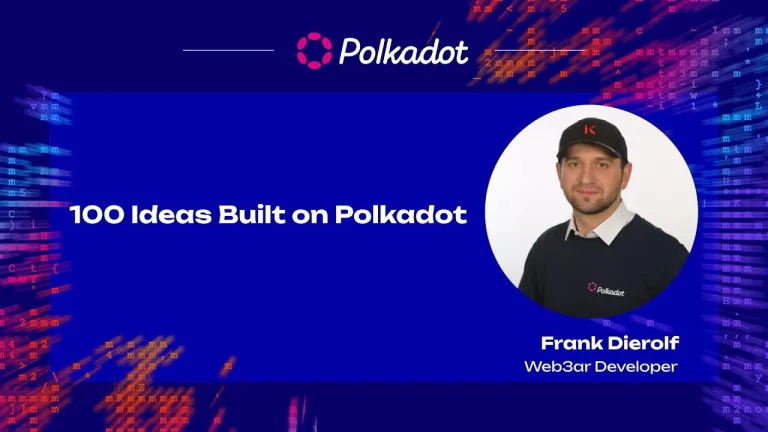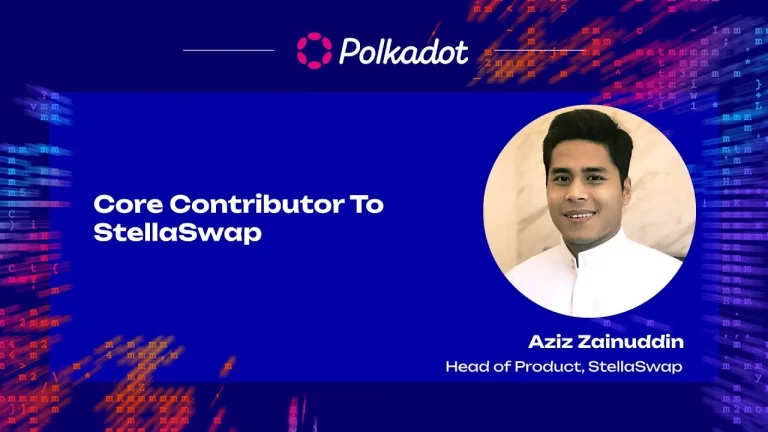The Cardano <> Polkadot bridge represents a step forward in achieving a connected web3 industry, linking two of the most innovative blockchain ecosystems in a way that could reshape the landscape of decentralized finance (DeFi), non-fungible tokens (NFTs), and beyond. This article delves into the technical challenges, potential solutions, and the broader implications of building a bridge between Cardano and Polkadot.
Introduction to Cardano and Polkadot
Cardano and Polkadot are among the top blockchain platforms, both designed to provide scalable and secure environments for decentralized applications (dApps). Cardano, created by Charles Hoskinson, known for its rigorous peer-reviewed research and layered architecture, aims to offer a sustainable and scalable blockchain. On the other hand, Polkadot, initially developed by Parity Technologies and Web3 Foundation, led by figures such as Gavin Wood, and now managed in a completely decentralized way by the community of token holders, focuses on interoperability and scalability, enabling different blockchains (parachains) to transfer messages and data seamlessly across its network.
Why Blockchain Interoperability Matters
Interoperability between blockchains like Cardano and Polkadot is critical for fostering a more connected and user-friendly decentralized ecosystem. As the blockchain industry grows, the need for different networks to communicate with each other becomes increasingly important. This cross-chain interaction can unlock new use cases, reduce friction for users, and enable a more integrated and robust Web3 environment.
Technical Challenges of the Cardano <> Polkadot Bridge
Building a bridge between two distinct blockchain platforms is no small feat. The Cardano <> Polkadot bridge project faces several technical challenges, each requiring careful consideration and innovative solutions.
Consensus Mechanism Differences
One of the primary challenges lies in the differences between Cardano’s Ouroboros consensus protocol and Polkadot’s Nominated Proof-of-Stake (NPoS) mechanism. Ouroboros, a proof-of-stake protocol, emphasizes security and energy efficiency, while Polkadot’s NPoS focuses on scalability and interoperability through its relay chain and parachain architecture. Bridging these two consensus mechanisms requires creating a system that can understand and validate the distinct blocks and signatures generated by each protocol.
Finality and Transaction Speed
Another significant challenge is ensuring transaction finality and speed. Cardano transactions typically achieve finality after a set number of confirmations. Polkadot, through its BABE and GRANDPA consensus algorithms, offers a different approach to finality. Synchronizing these two systems to achieve efficient cross-chain transactions without compromising on security is a complex task.
Light Client Implementation
The concept of a light client—a simplified node that can interact with a full blockchain node without needing to download the entire blockchain—is central to the Cardano <> Polkadot bridge. The light client must be able to verify transactions on both networks, ensuring that they meet the required consensus rules of each blockchain. This requires deep integration and understanding of both ecosystem’s cryptographic protocols and data structures.
Proposed Solutions and Developments
Despite these challenges, several solutions have been proposed to facilitate the Cardano <> Polkadot bridge. These solutions involve leveraging existing technologies within both ecosystems and innovating where necessary.
Using Mithril for Cardano Verification
Mithril, a research project by the Cardano Foundation, offers a potential solution for verifying Cardano transactions on the Polkadot network. Mithril provides stake-based threshold multisignatures, which allow a subset of Cardano validators to opt-in and provide signatures. This light client protocol could potentially reduce the time required for transaction finality, making the bridge more efficient.
Employing BEEFY for Polkadot Verification
For the Polkadot to Cardano direction, the use of BEEFY (Bridge Enhanced Efficiency Finality Yield) proofs is proposed. BEEFY is a specialized consensus protocol designed by Polkadot to facilitate interoperability with other blockchains. It simplifies the export of validator set changes, enabling other chains, like Cardano, to verify Polkadot’s state with high efficiency.
Combining Sampling and SNARKs
The bridge could also explore combining sampling-based approaches with succinct non-interactive arguments of knowledge (SNARKs) for enhanced security and efficiency. While Cardano’s current elliptic curve support limits the direct use of SNARKs, future updates could enable more advanced cryptographic techniques, further strengthening the bridge’s security.
Central Node for Consensus Mechanism
Another innovative solution proposed within the community is the use of a central node or gear that interacts between both blockchains. This node would act as an intermediary, handling the consensus requirements of each blockchain while allowing users to interact with cross-chain transactions with minimal latency. Such a setup could potentially reduce the time required for transaction finalization and provide a smoother user experience.
Polkadot and Cardano Community and Ecosystem Collaboration
The success of the Cardano <> Polkadot bridge heavily depends on the collaboration between the two communities. Various stakeholders from both ecosystems, including developers, researchers, and validators, need to work together to overcome the technical challenges and build a robust bridge.
Cross-Chain Development Initiatives
Several cross-chain development initiatives have already begun, with developers from both Cardano and Polkadot engaging in discussions and planning sessions. These initiatives aim to gather the necessary resources, expertise, and funding to move the project forward. For example, proposals have been submitted to both Cardano’s Project Catalyst and Polkadot’s OpenGov to secure funding for the bridge’s feasibility study and subsequent phases.
Hackathons and Collaborative Events
Hackathons and other collaborative events, such as the Web3 Summit, provide an excellent platform for developers to prototype and test components of the Cardano <> Polkadot bridge. These events bring together talent from across the blockchain space, fostering innovation and accelerating the bridge’s development.
Challenges and Setbacks
Despite the progress, the project has faced some setbacks, particularly in securing funding. Recent proposals submitted to Project Catalyst did not receive enough support to pass the minimum threshold for funding, prompting the team to revisit and improve their proposals for future funding rounds. This highlights the importance of clear communication, socialization of ideas, and community engagement in the success of such ambitious projects.
The Broader Impact of the Cardano <> Polkadot Bridge
The successful implementation of the Cardano <> Polkadot bridge would have far-reaching implications for both ecosystems and the broader blockchain industry.
Enhanced DeFi and NFT Opportunities
With the bridge in place, users and developers would gain access to a broader range of decentralized finance (DeFi) applications and non-fungible tokens (NFTs) across both networks. This could lead to the creation of new cross-chain financial products, NFT marketplaces, and other dApps that leverage the unique features of both Cardano and Polkadot.
Strengthening the Web3 Ecosystem
Interoperability between Cardano and Polkadot would contribute to a more cohesive Web3 ecosystem. By enabling seamless communication between two of the most advanced blockchain platforms, the bridge would help break down silos within the blockchain space, fostering greater collaboration and innovation.
Long-Term Vision: A Connected Blockchain Future
The Cardano <> Polkadot bridge is a step toward a future where blockchain networks are interconnected, allowing users to move assets and data freely across different platforms. This vision aligns with the broader goals of Web3, where decentralization, interoperability, and user empowerment are at the forefront.
Conclusion
The Cardano <> Polkadot bridge represents a significant milestone in the pursuit of blockchain interoperability. While the project faces considerable technical challenges, the proposed solutions and collaborative efforts from both communities offer a promising path forward. As the bridge progresses from feasibility studies to a fully functional product, it will not only benefit the Cardano and Polkadot ecosystems but also pave the way for a more interconnected and robust Web3 landscape.
The success of this bridge could serve as a blueprint for future cross-chain projects, ultimately contributing to the realization of a truly decentralized and interoperable blockchain ecosystem.
- Follow the disccusion at the Polkadot forum.








